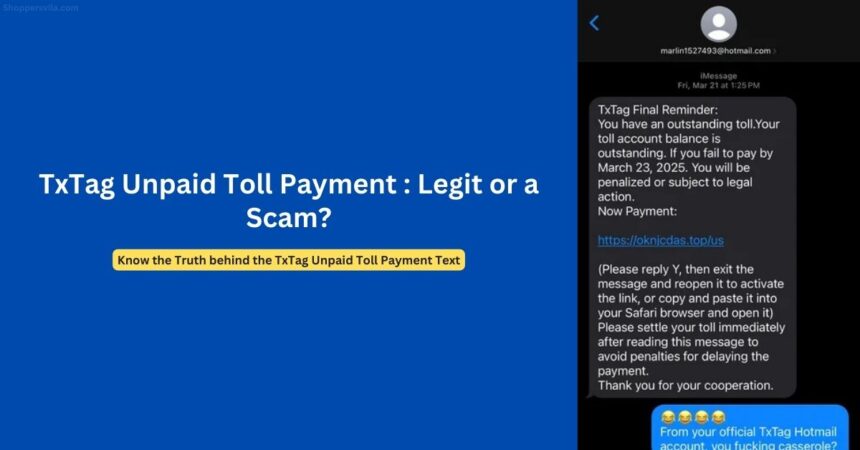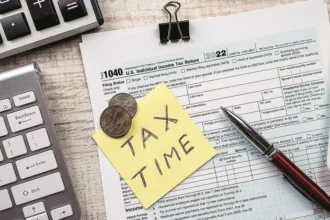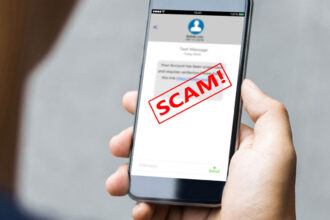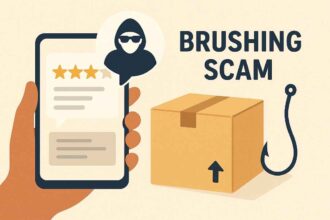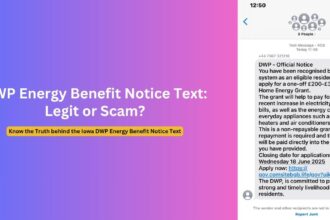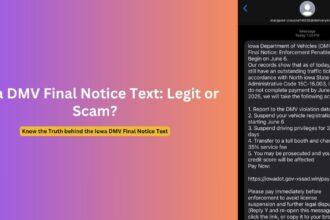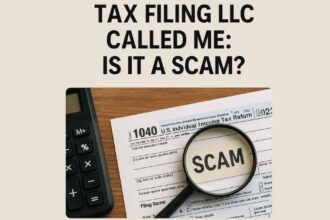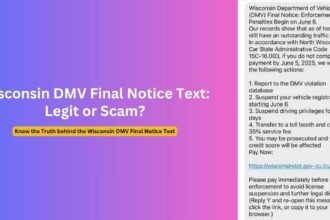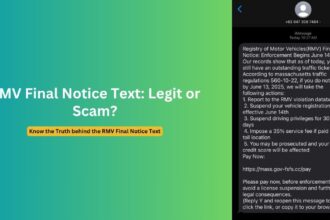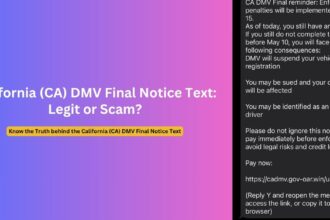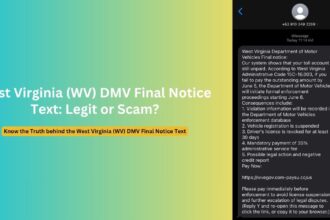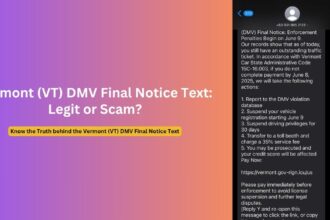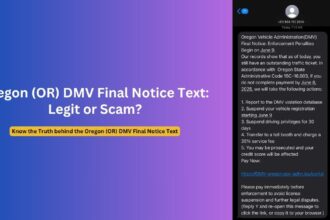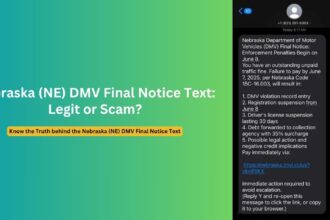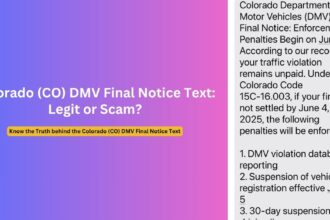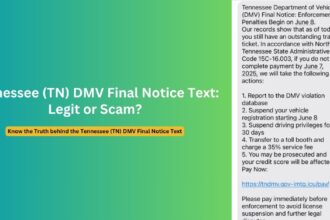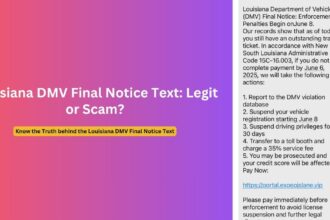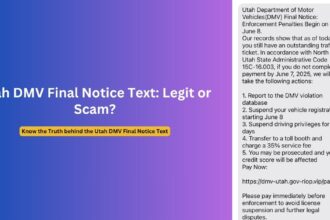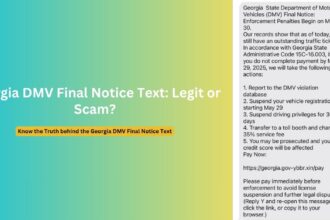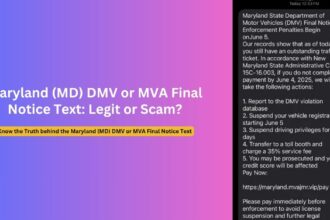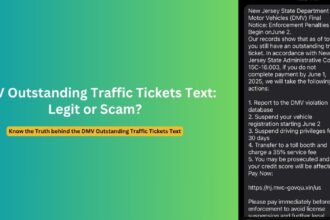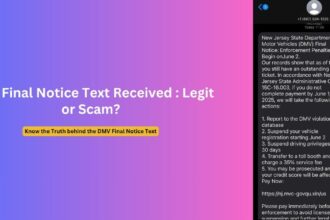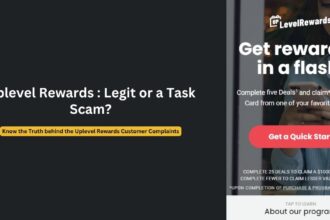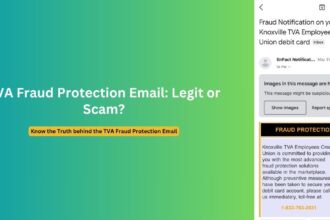A wave of sophisticated scam text messages claiming to be from TxTag is targeting Texas drivers, prompting warnings from the Texas Department of Transportation (TxDOT) and reports of substantial financial losses from victims. These fraudulent messages, which often arrive with uncanny timing, claim recipients have unpaid toll balances and must make immediate payments to avoid penalties, including the suspension of driving privileges.
The scam has been particularly effective because it mimics legitimate toll collection communications while creating a false sense of urgency that can override normal caution. Here’s what Texas drivers need to know to protect themselves from this growing threat.
Overview of TxTag Toll Payment Notification Text Scams
Since early 2024, drivers throughout Texas have reported receiving increasingly convincing text messages about unpaid TxTag tolls. The Texas Department of Transportation has confirmed a significant spike in these fraudulent messages, which appear designed to capitalize on a recent transition in toll management services.
The scam appears to be part of a nationwide pattern, with similar schemes targeting toll systems across the country, including Illinois I-PASS, California’s FasTrak, and other regional toll authorities. Cybersecurity experts note that these toll-related scams have become one of the most prevalent phishing threats in recent months.
What makes these scams particularly effective is that they often reach people who actually use toll roads, creating an initial sense of plausibility. Some victims report receiving these texts shortly after using toll facilities, raising questions about how scammers might be targeting their victims with such precise timing.
How the Scam Works
The scam follows a calculated approach designed to bypass typical fraud defenses:
- Initial Contact: Victims receive a text message claiming to be from TxTag, Texas Tollway, or similarly official-sounding entities.
- False Claims: The message states that the recipient has an outstanding toll balance that requires immediate payment, often with a specific (and believable) dollar amount.
- Urgency Tactics: The text includes a deadline (often the same day) and threatens “suspension of driving privileges,” “legal action,” or other penalties if not paid promptly.
- Malicious Link: The message includes a link to a fraudulent website designed to mimic the official TxTag site. These domains often incorporate “txtag” but use unusual top-level domains like “.top” or complex structures with multiple characters.
- Unusual Instructions: Many versions include specific, strange instructions like “Please reply Y, then exit the message and reopen it to activate the link” – a tactic that may help evade automated scam detection.
- Data Theft: Once on the fake site, victims who enter personal or payment information have their data stolen. Victims report multiple unauthorized charges following the compromise, often in amounts of hundreds of dollars per transaction.
The effectiveness of this scam is enhanced by its timing and targeting. Many victims report receiving these texts when they actually do have legitimate outstanding toll balances, making them more likely to respond without thoroughly checking the message’s authenticity.
Fake TxTag Toll Text Patterns and Common Variations
These scam messages contain distinctive patterns and language choices that have evolved over time:
Common Message Formats:
TxTag Notification: Your toll payment for must be settled by [DATE]. To avoid fines and the suspension of your driving privileges, kindly pay by the due date. Pay here: [FRAUDULENT URL]
TxTag Final Reminder: You have an outstanding toll. Your toll account balance is outstanding. If you fail to pay by [DATE]. You will be penalized or subject to legal action. Now Payment: [FRAUDULENT URL]
Your vehicle has been recorded using [TOLL ROAD/LANE]. To avoid a bill with excessive late fees of [LARGE AMOUNT]$, kindly settle your balance of [SMALL AMOUNT]$ at [FRAUDULENT URL]
Key Language Elements:
- Use of the word “kindly” – consistently identified by scam experts as a red flag
- References to “suspension of driving privileges” – a threat that legitimate toll authorities generally don’t make via text
- Same-day or imminent deadlines to create urgency
- Polite closings like “Thank you for your cooperation” or “Have a pleasant journey”
- Unusual instructions about replying “Y” and reopening messages
Suspicious URL Characteristics:
- Domains ending in “.top” or other unusual extensions (instead of .gov or .org)
- Complex string of letters in the domain (e.g., “txtag.xmhkv.top”)
- Unusual hyphens or characters in otherwise legitimate-looking domains
- Use of URL shorteners to hide the actual destination
Sender Information:
- Random email addresses (often “@usa.com,” “@outlook.com,” or other common providers)
- International phone numbers, particularly from Canada
- Random U.S. phone numbers with no caller ID information
Official Response from TxDOT
The Texas Department of Transportation has taken several steps to address this growing threat:
- Public Warnings: TxDOT has issued multiple alerts about these scams, stating clearly that “TxTag does not send emails or text messages to customers regarding balances due.”
- Website Notices: The official TxTag website prominently displays scam warnings, alerting customers to be vigilant.
- Counteraction Efforts: TxDOT has stated they are “working to have fraudulent websites taken down in hopes of preventing customers from becoming victims.”
- Verification of Legitimate Communications: TxDOT has clarified that while TxTag does communicate with customers via email, text, and outbound phone calls for certain purposes, it “will not send text messages regarding final payment reminders or past due balances.”
- Legitimate Text Source: Any legitimate text messages from TxTag will only be sent from the number 22498, and customers must have opted into text notifications to receive them.
The department has also emphasized that customers should directly contact the official TxTag customer service or visit the official website (not through links in texts) if they’re concerned about their account status.
Red Flags: How to Identify Fraudulent TxTag Toll Final Reminder Texts
Being able to identify the warning signs of a scam text can protect you from becoming a victim. Here are the key red flags to watch for:
1. Sender Information
- Messages from random email addresses (particularly @usa.com, @outlook.com, etc.)
- Texts from international phone numbers or unfamiliar area codes
- Messages that don’t come from the official TxTag number (22498)
2. Message Content
- Use of the word “kindly” (consistently identified as a scam indicator)
- Threats about license suspension or legal action
- Same-day deadlines or extreme urgency
- Grammatical errors or awkward phrasing
- Unusually polite closing remarks
3. Link Characteristics
- URLs that don’t end in .gov or .org
- Domains with random character strings (e.g., “xmhkv.top”)
- Links that incorporate “txtag” but add unusual characters or extensions
- Shortened URLs that hide the actual destination
4. Unusual Instructions
- Directions to reply with “Y” and then reopen the message
- Instructions to copy/paste the link rather than clicking it directly
- Requests to enter Safari browser specifically
5. Timing and Targeting
- Texts that arrive shortly after using toll roads (potentially suggesting sophisticated targeting)
- Messages to people who don’t use toll roads or don’t own vehicles
- Generic references to “your vehicle” without specific license plate information
How to Protect Yourself from TxTag Toll Notification Scams
Follow these best practices to stay safe from TxTag and other toll-related phishing scams:
1. Never Interact with Suspicious Messages
- Don’t click links in unexpected texts about tolls
- Don’t reply to the message, even to say “STOP” (this confirms your number is active)
- Don’t call phone numbers provided in the message
2. Verify Independently
- Check your TxTag account status directly through the official website
- Call the official TxTag customer service number
- Remember that legitimate toll bills typically come through postal mail, not text
3. Report Scam Attempts
- Report suspicious texts to the Federal Trade Commission online
- File a complaint with the FBI’s Internet Crime Complaint Center at ic3.gov
- Forward suspicious texts to 7726 (SPAM) to report to your mobile carrier
4. Strengthen Your Digital Security
- Enable two-factor authentication on financial accounts
- Use different passwords for different accounts
- Keep your phone’s operating system and apps updated
- Consider using spam filtering features on your mobile device
5. If You’ve Already Clicked
- If you entered personal information, change passwords for affected accounts
- Contact your bank or credit card company immediately if you shared payment information
- Monitor your accounts closely for unauthorized charges
- Consider placing a fraud alert on your credit reports with major credit bureaus
Victim Experiences
Many victims have come forward to share their experiences with these scams, highlighting how even tech-savvy individuals can be vulnerable under certain circumstances.
One victim, who described themselves as someone who had “never been scammed in life,” reported entering their credit card information after receiving a text while under the influence of muscle relaxers prescribed after an injury. Approximately a month later, they discovered multiple unauthorized charges of over $600 each on their account.
Another victim reported that their credit card was compromised for months, with charges appearing from various locations including Canada and Baltimore. The scammers had registered the victim’s card on Apple Wallet and PayPal, enabling multiple fraudulent transactions.
Many victims report that the timing of the scam texts made them particularly vulnerable – receiving messages shortly after using toll roads or when they actually did have outstanding balances made the messages seem more plausible.
Frequently Asked Questions
1. Is any “TxTag Final Reminder” or unpaid toll notification text message legitimate?
No. TxDOT has explicitly stated that “TxTag does not send emails or text messages to customers regarding balances due.” Any text claiming to be from TxTag about an unpaid balance and requesting payment is fraudulent.
2. Can TxTag actually suspend my driver’s license for unpaid tolls?
While unpaid tolls can eventually lead to problems with vehicle registration renewal, toll authorities generally cannot directly suspend your driver’s license, especially not without multiple formal notices through official channels. Texts threatening immediate driving privilege suspension are using scare tactics to create urgency.
3. What should I do if I already clicked a link in a scam text?
If you’ve clicked a link but didn’t enter any information, you should be relatively safe. However, run a security scan on your device. If you entered personal or payment information, contact your financial institutions immediately, change any compromised passwords, and monitor your accounts closely for fraudulent activity.
4. How can I check if I actually have unpaid tolls?
Visit the official TxTag website directly by typing the URL into your browser. You can look up unpaid tolls by license plate number or account information. Alternatively, call the official TxTag customer service number.
5. How are scammers targeting people who actually use toll roads?
There are several theories:
- Mass-texting campaigns that coincidentally reach some recent toll users
- Possible data breaches (though no such breaches have been confirmed)
- Scammers operating near toll facilities and collecting vehicle information
- Simple probability—in areas with many toll roads, many recipients will have recently used tolls
Protecting Vulnerable Populations
Some demographics may be particularly vulnerable to these scams:
- Elderly Texans: May be less familiar with phishing tactics and more trusting of official-looking communications
- New residents: Unfamiliar with legitimate toll collection practices in Texas
- Infrequent toll users: May be uncertain about normal payment procedures
- People under stress or impairment: Medical conditions, medications, or high-stress situations can impair judgment
Consider sharing information about these scams with potentially vulnerable family members, friends, and neighbors. Many victims report being caught off-guard during moments of distraction or when their judgment was compromised.
Conclusion: Staying Vigilant Against Evolving Threats
The TxTag toll scam represents a sophisticated evolution in phishing attacks, targeting an everyday activity that millions of Texans engage in—driving on toll roads. The effectiveness of these scams relies on a combination of creating urgency, exploiting familiarity with toll systems, and sometimes, seemingly precise timing.
As these scams continue to evolve, the best defense remains awareness and caution. By understanding how legitimate organizations communicate, recognizing the red flags of fraudulent messages, and verifying information through official channels, drivers can protect themselves from becoming victims.
Remember that TxTag will never:
- Request payment via text message links for outstanding balances
- Threaten immediate suspension of driving privileges
- Use the word “kindly” in official communications
- Send messages from random email addresses or phone numbers
- Request you to perform unusual actions like replying “Y” and reopening messages
If you receive a text about unpaid tolls, the safest approach is to independently verify through official channels. With vigilance and awareness, Texans can navigate both the physical highways and the information superhighway safely.
